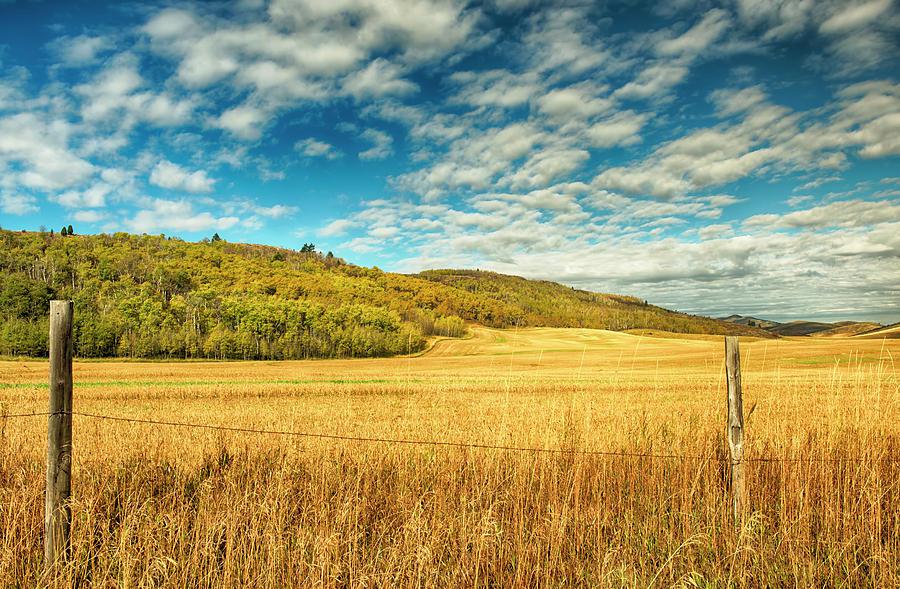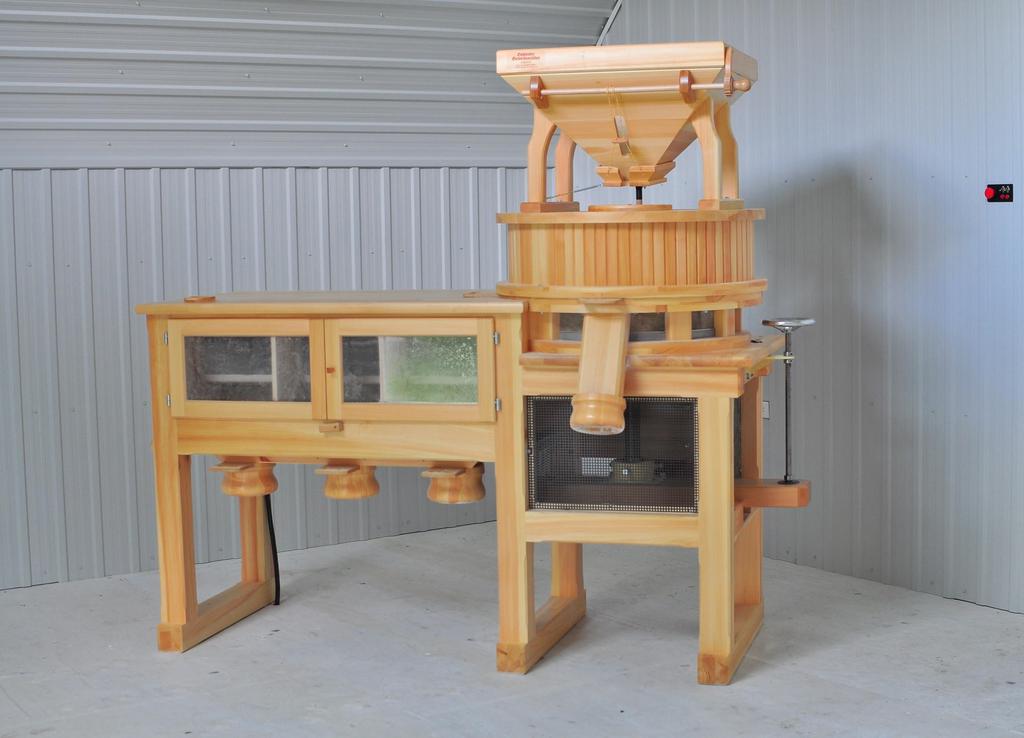Sefer Shmot offers us the earliest source on shmurah matzah:
(יז) וּשְׁמַרְתֶּם֮ אֶת־הַמַּצּוֹת֒ כִּ֗י בְּעֶ֙צֶם֙ הַיּ֣וֹם הַזֶּ֔ה הוֹצֵ֥אתִי אֶת־צִבְאוֹתֵיכֶ֖ם מֵאֶ֣רֶץ מִצְרָ֑יִם וּשְׁמַרְתֶּ֞ם אֶת־הַיּ֥וֹם הַזֶּ֛ה לְדֹרֹתֵיכֶ֖ם חֻקַּ֥ת עוֹלָֽם׃
(17) You shall observe the [Feast of] Unleavened Bread, for on this very day I brought your ranks out of the land of Egypt; you shall observe this day throughout the ages as an institution for all time.
Following the sources as far back as one can go, it is this passuk that has been cited as the source for many types of "שמירה" with regard to matzah.
The Halacha that has evolved from this passuk is based on the idea that grain needs to be watched to make sure it remains dry from harvest to the seder table. When grain gets wet חמץ begins to develop. Over time, this idea of "watching the grain" has taken on many different variations. Some Jews will fly out to grain fields - about a week after Pesach with hand towels to dry every inch of the combines which harvest the grain. Some grind the wheat into flour using hand mills (more tiring than a daily gym session) and many bake their own matzah so they can physically be involved in the process of שמירה.
The Halacha that has evolved from this passuk is based on the idea that grain needs to be watched to make sure it remains dry from harvest to the seder table. When grain gets wet חמץ begins to develop. Over time, this idea of "watching the grain" has taken on many different variations. Some Jews will fly out to grain fields - about a week after Pesach with hand towels to dry every inch of the combines which harvest the grain. Some grind the wheat into flour using hand mills (more tiring than a daily gym session) and many bake their own matzah so they can physically be involved in the process of שמירה.
(ד) החטים שעושים בהם מצת מצוה טוב לשמרן שלא יפלו עליהם מים משעת קצירה ולפחות משעת טחינה ובשעת הדחק מותר ליקח קמח מן השוק:
(4) It is good to make the mitzvah-matzah from wheat that has been guarded so that no water has fallen on it from the time of harvest, or at least from the time since it was ground [into flour]. But in times of duress, it is permitted to buy flour from the marketplace.
The annual grain harvest begins in the late spring, about week after פסח. The fresh green stalks of wheat dry out and turn a beautiful amber color and are ready for harvest.
The Shulchan Arukh outlines three levels of שמירה. The best type is monitoring the grain from the time of the harvest - משעת קצירה. This begins shortly after פסח in the late spring as the wheat is harvested.
If one can't find grain that was watched from the time of the harvest, one can use flour that was monitored from the time the grain was milled into flour. Milling can happen anytime, even a few days before Pesach. Grain kernels can be milled into flour as needed.
Finally, if one can not monitor the milling, regular flour can be used as a last resort. Even regular flour is generally kept dry. If it becomes wet, the grain and flour the process of germination can begin.
Note the three levels in the Shulchan Arukh: משעת קצירה, משעת טחינה , קמח מהשוק.
The Shulchan Arukh outlines three levels of שמירה. The best type is monitoring the grain from the time of the harvest - משעת קצירה. This begins shortly after פסח in the late spring as the wheat is harvested.
If one can't find grain that was watched from the time of the harvest, one can use flour that was monitored from the time the grain was milled into flour. Milling can happen anytime, even a few days before Pesach. Grain kernels can be milled into flour as needed.
Finally, if one can not monitor the milling, regular flour can be used as a last resort. Even regular flour is generally kept dry. If it becomes wet, the grain and flour the process of germination can begin.
Note the three levels in the Shulchan Arukh: משעת קצירה, משעת טחינה , קמח מהשוק.

Field of wheat ready to be harvested.

An artisan grain mill
The Shulchan Arukh describes the basic requirement for flour used in baking shmurah matzah today. Firstly, we need to understand the difference between matza flour and flour used to bake matza.
Matza flour used for cooking and baking on Pesach is made by taking fully baked matzah and grinding it into a powder.
Flour used to bake matza is the same exact flour used to bake bread. Flour is made of finely milled grain - not matza.
Now the question becomes: What is the difference between Shmurah flour and flour used for baking regular matza?
שמורה משעת קצירה flour is accompanied by mashgichim in the field during the harvest, stored in separate grain silos and accompanied during transport to the mill. This explains the high price as the entire process is much more expensive.
Regular flour used for matzah is generally only monitored from the time the flour is milled which is the second level described in the Shulchan Arukh, שמורה משעת טחינה This takes much less time and effort than guarding grain from the time of the harvest which is close to a full year prior.
Matza flour used for cooking and baking on Pesach is made by taking fully baked matzah and grinding it into a powder.
Flour used to bake matza is the same exact flour used to bake bread. Flour is made of finely milled grain - not matza.
Now the question becomes: What is the difference between Shmurah flour and flour used for baking regular matza?
שמורה משעת קצירה flour is accompanied by mashgichim in the field during the harvest, stored in separate grain silos and accompanied during transport to the mill. This explains the high price as the entire process is much more expensive.
Regular flour used for matzah is generally only monitored from the time the flour is milled which is the second level described in the Shulchan Arukh, שמורה משעת טחינה This takes much less time and effort than guarding grain from the time of the harvest which is close to a full year prior.



